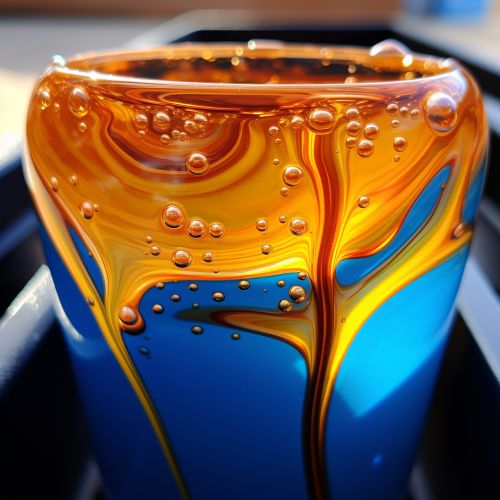The Science of Superfluidity and Quantum Turbulence
Introduction
Superfluidity is a state of matter in which matter behaves like a fluid with zero viscosity. This state is achieved at very low temperatures, and it exhibits many unusual properties, such as the ability to flow without dissipating energy. Quantum turbulence, on the other hand, is a complex phenomenon that arises in superfluids and other quantum systems. It is characterized by the formation of quantized vortices, which are topological defects in the phase of the wave function of the superfluid.


Superfluidity
Superfluidity was first discovered in liquid helium, by Pyotr Kapitsa and John F. Allen. It has since been observed in several other systems, including certain ultra-cold atomic gases. The transition to the superfluid phase is a phase transition, and is accompanied by the emergence of quantum mechanical effects on macroscopic scales. These effects include phenomena such as quantized vortices, the Josephson effect, and the ability to flow without friction.
Superfluidity is a direct consequence of the principles of quantum mechanics. In particular, it arises from the wave nature of matter, which becomes significant on macroscopic scales at very low temperatures. When a system of particles is cooled to temperatures near absolute zero, the de Broglie wavelengths of the particles can become larger than the inter-particle spacing, leading to the formation of a Bose-Einstein condensate or a superfluid Fermi gas, depending on the statistics of the particles.
The properties of superfluids are quite remarkable. For example, a superfluid can flow without friction through tiny capillaries, a phenomenon known as superflow. This is a direct consequence of the lack of viscosity in the superfluid state. Superfluids also exhibit the fountain effect, in which a superfluid can spontaneously flow out of a container, against the force of gravity. This effect is due to the fact that superfluids have a non-zero critical velocity, below which they can flow without dissipation.
Quantum Turbulence
Quantum turbulence is a form of turbulence that occurs in superfluids and other quantum systems. It is characterized by the formation of quantized vortices, which are topological defects in the phase of the wave function of the superfluid. These vortices form a complex, tangled network, and their dynamics lead to the turbulent behavior observed in the superfluid.
Quantum turbulence differs from classical turbulence in several key ways. First, the vortices in a quantum turbulent flow are quantized, meaning that they carry a fixed amount of circulation. This is in contrast to classical vortices, which can carry any amount of circulation. Second, quantum vortices are topological defects, and cannot be created or destroyed without changing the topology of the superfluid. This is in contrast to classical vortices, which can be created and destroyed through the action of viscous forces.
The study of quantum turbulence is a rich and active field of research. It has applications in a wide range of areas, from condensed matter physics to cosmology. For example, the behavior of quantum vortices in a superfluid can provide insights into the behavior of cosmic strings in the early universe.
